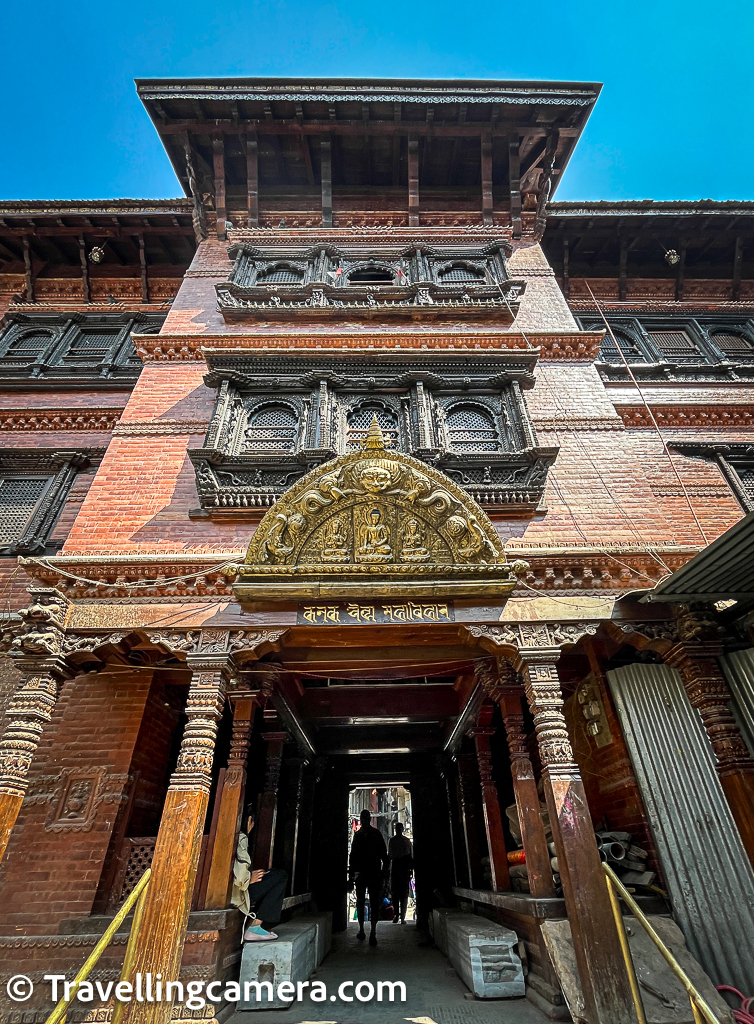In the vibrant core of Kathmandu’s old city, tucked between the historic lanes of Asan and Indra Chowk, lies one of the most spiritually significant yet often overlooked landmarks — the Seto Machindranath Temple. Also known locally as Janabaha Dyo or Karunamaya, this sacred site beautifully blends Hindu and Buddhist traditions, making it a unique destination for both pilgrims and culture seekers.
A Temple Steeped in History
The Seto Machindranath Temple dates back to the 10th century, making it one of the oldest and most revered temples in Kathmandu Valley. This temple is dedicated to Seto Machindranath, considered an incarnation of Avalokiteshvara (the Bodhisattva of Compassion), worshipped by both Hindus and Buddhists.
According to legend, the compassionate deity appeared in Kathmandu during a time of great hardship to bless the city with peace, rainfall, and prosperity. The temple was built in his honor, and for centuries, it has remained a focal point for prayer, rituals, and festivals.
A Masterpiece of Newar Architecture
The temple’s architecture is a stunning example of traditional Newari craftsmanship, characterized by its three-tiered pagoda-style roofs, intricate wood and metal carvings, and beautifully decorated façades. The temple complex, located in Jana Bahal (also known as Machhindra Bahal), features multiple small chaityas, statues, and stone inscriptions that showcase the deep spiritual and artistic heritage of Kathmandu.
Inside the sanctum, the main idol of Seto Machindranath is enshrined in grand attire, adorned with garlands, gold ornaments, and a calm, compassionate expression that draws in devotees and tourists alike. The serene energy of the temple invites quiet reflection amid the chaos of the surrounding city.
Seto Machindranath Jatra: A Living Festival of Faith
One of the most awaited annual events in Kathmandu is the Seto Machindranath Jatra, also called the Jana Baha Dyah Jatra. Held during the Nepali month of Chaitra (March–April), this vibrant chariot festival sees the image of Seto Machindranath placed in an enormous wooden chariot and paraded through the streets of Kathmandu.
The three-day procession passes through key historical areas, including Asan, Hanuman Dhoka, and Lagan, and is accompanied by music, traditional dance, and large gatherings of devotees. This festival not only reinforces religious devotion but also highlights Kathmandu’s cultural unity, bringing together people from different communities and backgrounds.
A Symbol of Religious Harmony
One of the most remarkable aspects of Seto Machindranath Temple is its role as a symbol of religious coexistence. While many of Kathmandu’s temples lean either toward Hinduism or Buddhism, this temple is revered by both traditions. Hindus view the deity as a form of Lord Shiva, while Buddhists worship him as an embodiment of Avalokiteshvara.
This dual reverence is a living example of Nepal’s unique cultural identity, where religious syncretism is not just accepted but deeply embedded in daily life.
Why Visit Seto Machindranath Temple?
If you're exploring Kathmandu’s heritage sites, a visit to Seto Machindranath Temple offers a meaningful experience that goes beyond sightseeing. Here’s why it deserves a spot on your itinerary:
Spiritual significance for both Hindus and Buddhists
Historical value as one of the oldest temples in Kathmandu
Newar architecture and artistry at its finest
A peaceful oasis amidst the city’s busy commercial zones
Access to authentic local culture through festivals and rituals
Whether you’re a history buff, spiritual seeker, cultural traveler, or photographer, the temple offers something unique — a glimpse into the living heritage of Nepal’s capital city.
Planning Your Visit
Location: Jana Bahal, between Asan and Indra Chowk, central Kathmandu
Entry: Free for all visitors; donations welcome
Best Time to Visit: Early morning or during the Seto Machindranath Jatra in spring
Dress Code: Modest attire recommended; shoes must be removed before entering inner sanctum
Nearby Attractions: Asan Bazaar, Indra Chowk, Garden of Dreams, Kathmandu Durbar Square
The Seto Machindranath Temple stands as a timeless symbol of compassion, harmony, and devotion. Amid Kathmandu’s fast-paced urban life, this sacred temple offers a peaceful retreat and a deeper understanding of Nepal’s spiritual and cultural fabric. It’s a must-visit destination for anyone seeking to connect with the soul of the city.
Related Blogposts :

















-%20The%20Fierce%20Yet%20Hidden%20Guardian%20of%20Kathmandu%20Durbar%20Square--Swet%20Bhairab%20(Hatha%20Dyo)-%20The%20Fierce%20Yet%20Hidden%20Guardian%20of%20Kathmandu%20Durbar%20Square---2.jpg)



.jpg)
Comments